In the earlier days, parenting tasks were just not limited to parents. Most of the time, the moms are not even aware when their kids grew up, as the kids grew up along with other cousins and siblings. Elder kids in the family took care of the younger ones. Elder kids are not the real parents, but still, there were no mental health issues or many problems for the kids. Have you ever wondered why? The elder people in the village and house would always be there to keep a watch on the kids. They used to pamper and also discipline the children of the village alike. So here comes the parenting pebbles from Navadurga’s during this Navaratri.
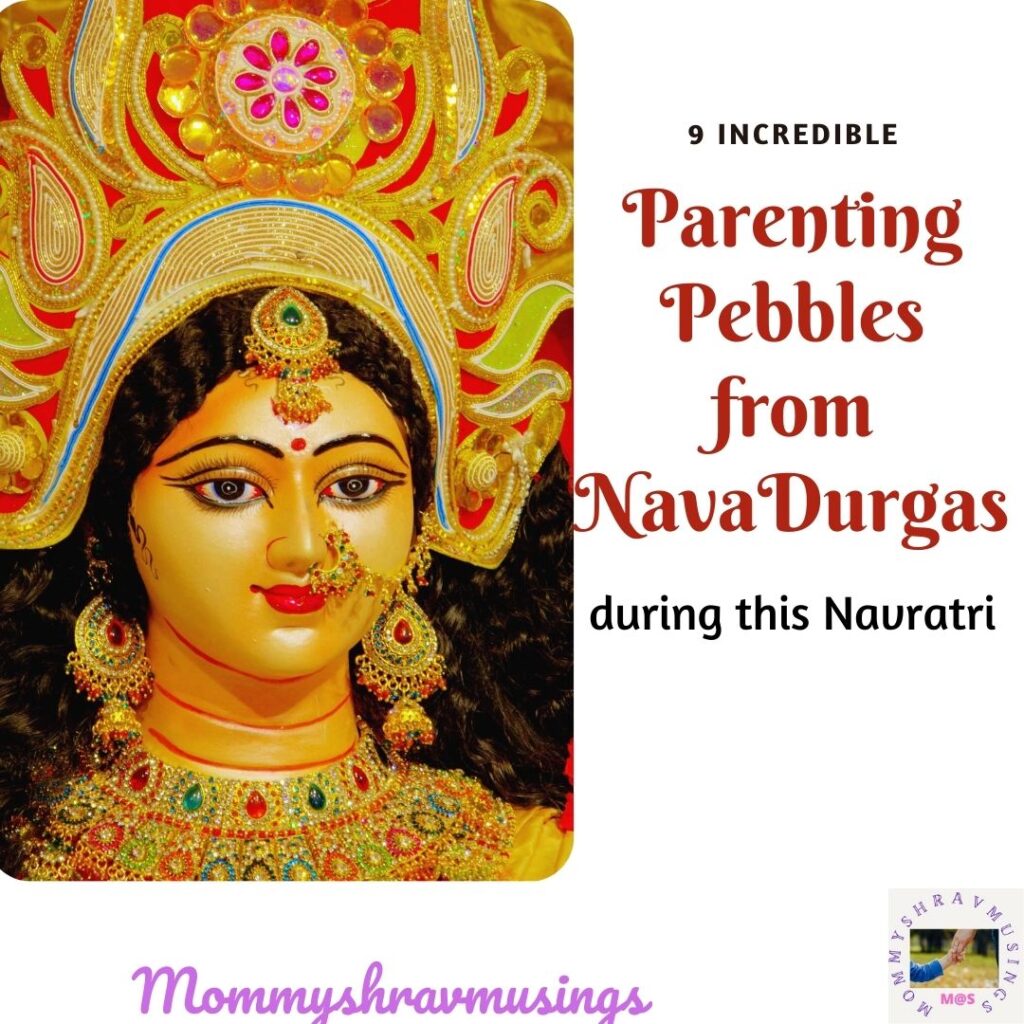
Parenting Pebbles from Maa Durga incarnations:
Day 1: Shailaputri or Maa Durga devi:
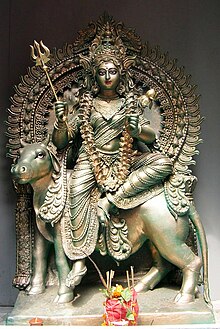
On the first day of Navratri, we would be worshipping Maa Shailaputri in North India, and in the south, we call it as “Swarnakavacha aalamkruta Durga Devi” (meaning Maa Durga, decked in golden jewelry). Both these rupams are worshipped as the first incarnations of Maa Durga in the Indian scriptures. She is worshipped as the daughter of the King of Mountains (Mount Himalayas). Hence Maa Shailaputri is the manifestation of the entire Earth. She is worshipped for divine nature (includes all the mountains, rivers, oceans, and all the natural resources including the atmosphere).
From the yogic parlance, the first day of the Navratri is considered very auspicious. The learned sages and gurus worship Maa Shailaputri to understand their true nature and prepare themselves for the higher spiritual evolution.
Parenting Pebbles: Every person’s nature is unique and different. We need to identify and nurture it then only we can progress towards the higher evolution or peak of theirs performance. Please do note that in most of our scriptures learning is always mentioned as a journey towards self-evolution. So when we understand that clearly and nurture each child or even adult based on their true nature, then their path towards self-evolution (or success) will become easier. So, on this day, we are actually celebrating our uniqueness and working towards improving it.
Day 2: Brahmacharini or Balatripura Sundari:
Goddess Brahmacharini or Balatripura Sundari is worshipped on the second day of Navratri. She is the daughter of Maa Lalitha Devi. When we dig deeper into the scriptures to understand the significance of this incarnation of Maa Durga, we get to see some amazing facts.
Brahmacharini or Balatripura Sundari is a nine-year-old girl, who is very nimble, agile, and very adept at martial arts and negotiations. She is always eager for a tussle or a game and is full of physical energy. She has started moving away from the toys and stories. She is always keen on taking part in elder discussions. The parents of nine-year-old kids can very well see their kids in this girl, isn’t it?
From the yogic parlance – Brahmacharini represents the innate natural abilities/siddhi’s in any person. She is the one who is capable of invoking them and provides the path to achieve higher evolution using those natural abilities.
Parenting Pebbles: The right time to identify the inherent and hidden talents in the kids is during their brahmacharya days (9-12 years). As parents, we need to provide the path for the children, so that they can identify their natural abilities and work on honing them so that they can use them for their future success.
Day 3: Gayatri Devi or Chandraghanta Devi:
From day 3 of Navratri onwards, we can see subtle differences in the worshipped incarnations of Maa Durga across regions and cultures. But whatever is the form of incarnation, day 3 signifies worshipping a calm and serene incarnation of Maa Durga. In southern India, we worship her as Gayatri Devi, the goddess of veda’s. She is the epitome of knowledge and her mantra called as Gayatri mantra is also one of the most popular mantras of Hinduism.
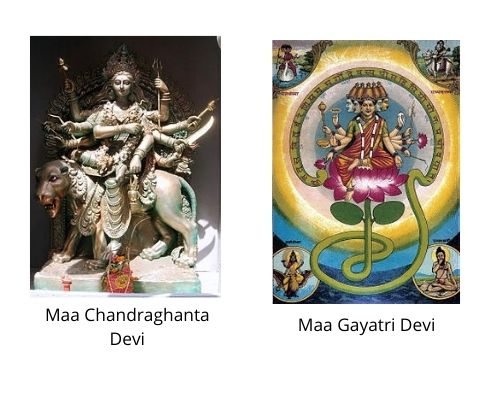
Chandraghanta Devi is another incarnation of the Maa Durga, with a moon at the back of her head. She is shown as sitting on a roaring lion but is very calm and composed, with a very kind face.
In yogic parlance, both these incarnations represent – mind and its various emotions, turmoils which the mind throws at human beings. The roaring lion signifies the negative emotions, thoughts the mind can throw at a person. The peaceful Devi sitting on top of the roaring lion in a composed way shows the impact of being mindful of the disturbances caused by our emotions. The only way, they go off, is with the help of knowledge (symbolized by the moon) or the Vedas.
Parenting Pebbles: We need to accept the kids as whole beings, with both their negative and positive thoughts. As parents, we need to only show them the path towards enlightenment and guide them to move towards it. We can’t walk or travel their path of enlightenment. That’s the reason for showing the books in the hands of Gayatri Devi or the bell in the hands of Chandraganta Devi. We need to use our knowledge to guide our kids appropriately. And it’s also the time to teach Mindfulness to children. Only by being mindful of the various emotions, we can understand them and work towards using them for our benefit.
Final Thoughts:
This is the first part of the three-part series about the parenting pebbles shared by different incarnations of Maa Durga. These immortal parenting lessons have been practiced in earlier days but got lost during the passage of time. I am just reiterating the stories that I used to hear from my grandparents about Indian scriptures and the different lessons the earlier sages and rishis have passed to us in the form of festivals and celebrations. Please click below for the other parts of this series.
9 Incredible Parenting Pebbles shared by Navdurga during this Navratri
Parenting Pebbles from Navaratri – Part II (Days 4,5 and 6)
Parenting Pebbles from Navratri – Part III (Days 7,8 and 9)


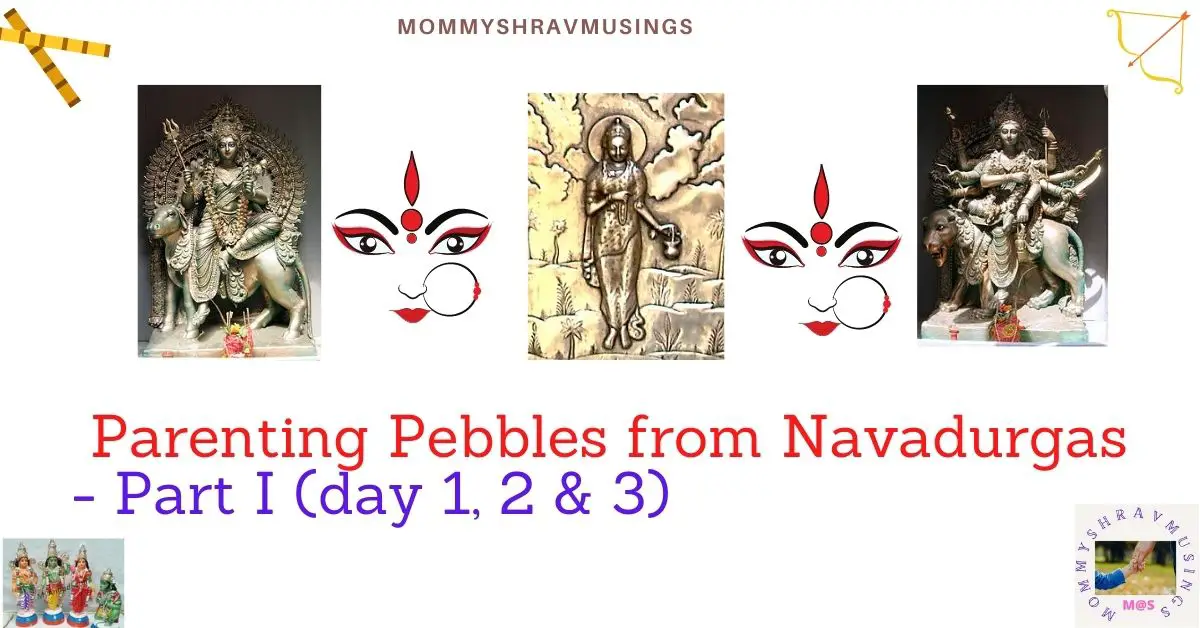

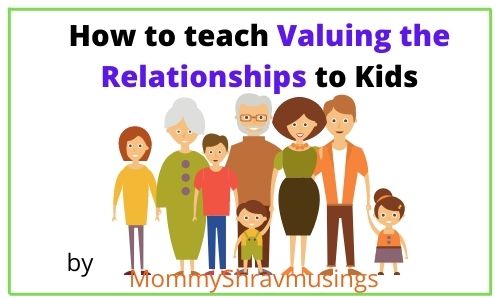




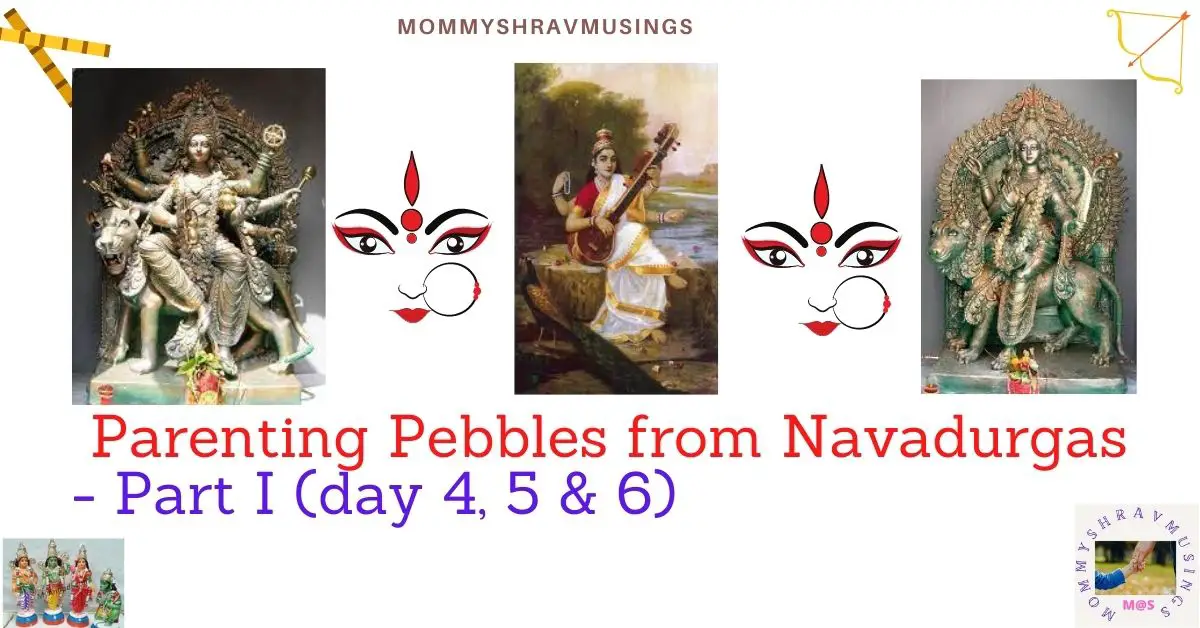
[…] Parenting Pebbles from Navaratri – Part I (Days 1,2 and 3) […]
[…] Parenting Pebbles from Navaratri – Part I (Days 1,2 and 3) […]
[…] Parenting Pebbles from Navaratri – Part I (Days 1,2 and 3) […]
It’s a beautiful, well-researched post with an important message for parents specially. Our scriptures have hidden gems and powerful messages which if understood well, can change our lives.
I agree, we have all the answers in our hidden treasure.. Thank you for putting this up, Suhasini?
I agree, we have all the answers on our hidden treasure.. Thank you for putting this up, Suhasini.
Thank you Priyanka
Well researched and very informative post.
I really liked how it says that devi shows impact of being mindful, & taking part in elder discussion. Teaching children the importance of being mindful is really needed.
Thank you Pragun
This is a great post for parents. I loved reading this. Kudos to all your research Suhasini. Thanks for writing such a beautiful article.
Thank you Abha.